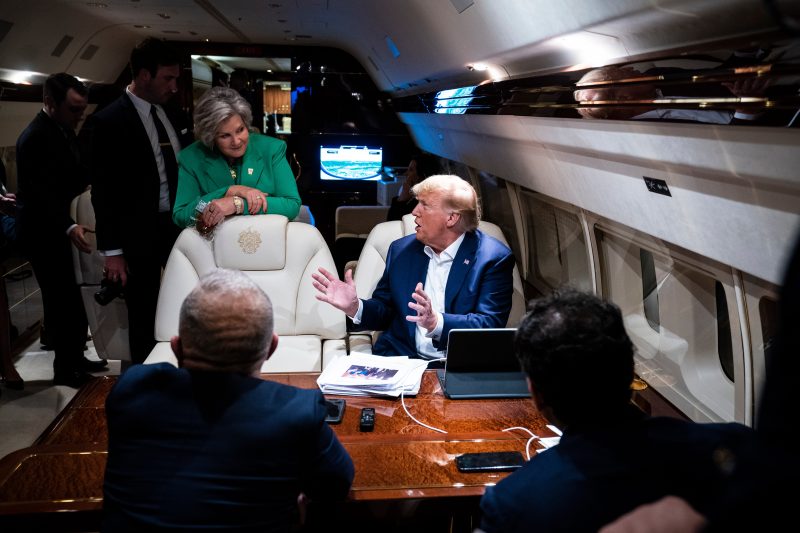
From Swamp Drainer to Swamp Swimmer: Trump’s Transformation
In the realm of politics, promises are often made amid fervor and optimism, only to find themselves drowned out by the complexities and realities of governance. This phenomenon is perhaps nowhere more exemplified than in the case of Donald Trump, who, eight years ago, made a resounding pledge to drain the swamp of corruption and cronyism in Washington, D.C. However, as his presidency unfolded over the subsequent years, a stark irony emerged – Trump, the self-proclaimed outsider, found himself not draining the swamp, but instead becoming deeply entrenched in its murky waters.
Trump’s rallying cry of draining the swamp struck a chord with many Americans who were disillusioned with the perceived corruption and bureaucracy within the political establishment. He promised to upend the status quo, to challenge the entrenched interests that he argued were holding back the American people. His supporters believed that he would bring a new approach to governance, one that prioritized the needs of the everyday citizen over the interests of the elite.
Yet, as his administration progressed, it became evident that Trump’s rhetoric did not align with reality. Instead of draining the swamp, he surrounded himself with individuals who had vested interests or questionable backgrounds. From the early days of his presidency, Trump faced allegations of conflicts of interest, nepotism, and ethical violations within his inner circle. His businesses continued to operate, raising concerns about potential conflicts between his role as president and his personal financial interests.
Moreover, Trump’s administration was marked by a high rate of turnover among his staff, with numerous officials resigning or being fired under contentious circumstances. This instability further fueled the perception of chaos and dysfunction within the administration, undermining Trump’s ability to fulfill his promise of delivering effective and accountable governance.
As the years passed, the swamp that Trump had vowed to drain only seemed to grow deeper. Scandals and controversies plagued his presidency, from the Russia investigation to the impeachment proceedings over his dealings with Ukraine. The very institutions that Trump had promised to reform came under attack, with accusations of political interference and erosion of democratic norms.
In the end, Trump’s presidency will be remembered as a study in irony – a man who promised to uproot the entrenched interests of the swamp, only to find himself mired in its depths. The failure to deliver on his signature campaign promise raises important questions about the nature of political rhetoric and the challenges of effecting real change within a system as complex and entrenched as the American political landscape. As the nation looks ahead to the future, the legacy of Trump’s presidency serves as a cautionary tale about the perils of promising sweeping change without a clear strategy for implementation and follow-through.